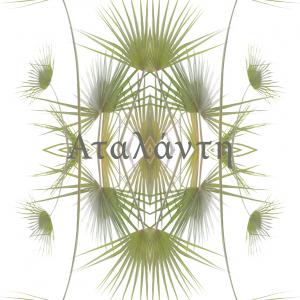
Atalanta
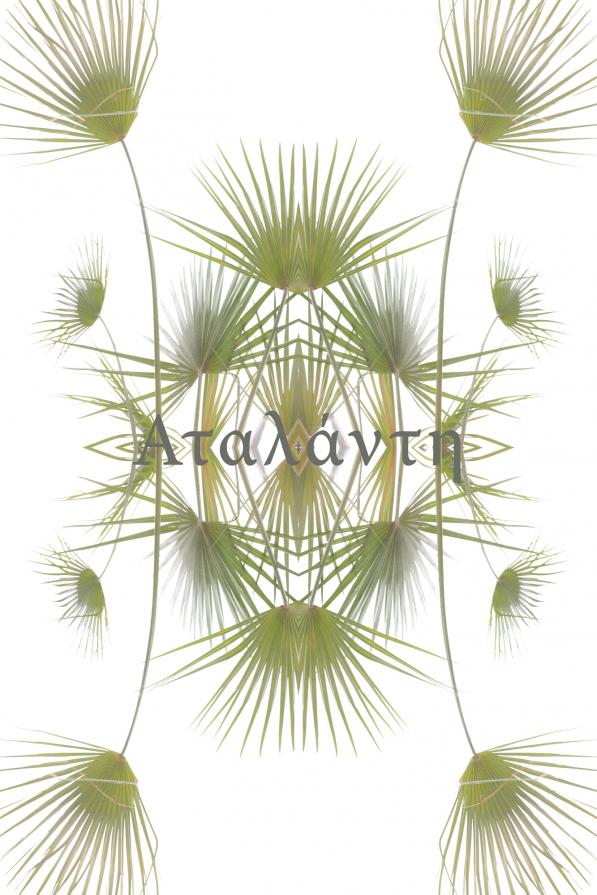
Atalanta is a virgin huntress, unwilling to marry, and loved by the hero Meleager. She was the daughter of Schoeneus, according to Hyginus, a Boeotian princess. Atalanta joined Meleager and many other famous heroes on a hunt for the he Calydonian Boar. Many of the men were angry that a woman was joining them, but Meleager, though married, lusted for Atalanta, and so he persuaded them to include her. Several of the men were killed before Atalanta became the first to hit the boar and draw blood. After Meleager finally killed the boar with his spear, he awarded the hide to Atalanta. After the Calydonian boar hunt, Atalanta was rediscovered by her father. He wanted her to be married, but Atalanta, uninterested in marriage, agreed to marry only if her suitors could outrun her in a footrace. Those who lost would be killed. King Schoeneus agreed, and many young men died in the attempt until Hippomenes came along. Hippomenes asked the goddess Aphrodite for help, and she gave him three golden apples in order to slow Atalanta down. The apples were irresistible, so every time Atalanta got ahead of Hippomenes, he rolled an apple ahead of her, and she would run after it. In this way, Hippomenes won the footrace and came to marry Atalanta.
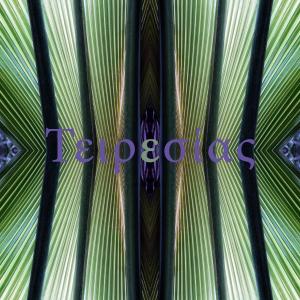
Tiresias
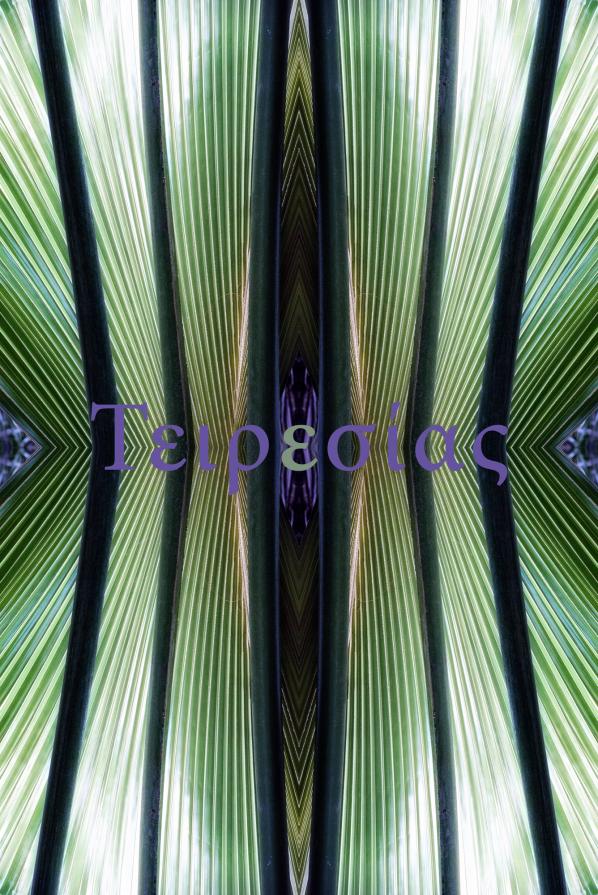
Tiresias was a blind prophet of Apollo in Thebes, famous for clairvoyance and for being transformed into a woman for seven years. Tiresias participated fully in seven generations in Thebes, beginning as advisor to Cadmus himself. On Mount Cyllene in the Peloponnese, as Tiresias came upon a pair of copulating snakes, he hit the pair with his stick. Hera was displeased, and she punished Tiresias by transforming him into a woman. As a woman, Tiresias became a priestess of Hera, married and had children, including Manto, who also possessed the gift of prophecy. After seven years as a woman, Tiresias again found mating snakes; depending on the myth, either she made sure to leave the snakes alone this time, or, according to Hyginus, trampled on them. As a result, Tiresias was released from his sentence and permitted to regain his masculinity. This ancient story is recorded in lost lines of Hesiod. Tiresias is presented as a complexly liminal figure, mediating between humankind and the gods, male and female, blind and seeing, present and future, this world and the Underworld. Different stories were told of the cause of his blindness: one of this told that Tiresias was drawn into an argument between Hera and her husband Zeus, on the theme of who has more pleasure in sex: the man, as Hera claimed; or, as Zeus claimed, the woman, as Tiresias had experienced both. Tiresias replied, "Of ten parts a man enjoys one only.” Hera instantly struck him blind for his impiety. Zeus could do nothing to stop her or reverse her curse, but in recompense he did give Tiresias the gift of foresight and a lifespan of seven lives. How Tiresias obtained his information varied: sometimes, like the oracles, he would receive visions; other times he would listen for the songs of birds, or ask for a description of visions and pictures appearing within the smoke of burnt offerings, and so interpret them.
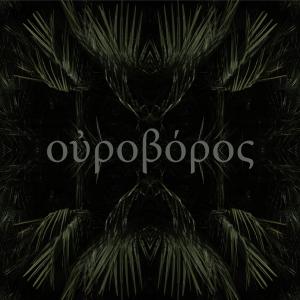
Ouroboros
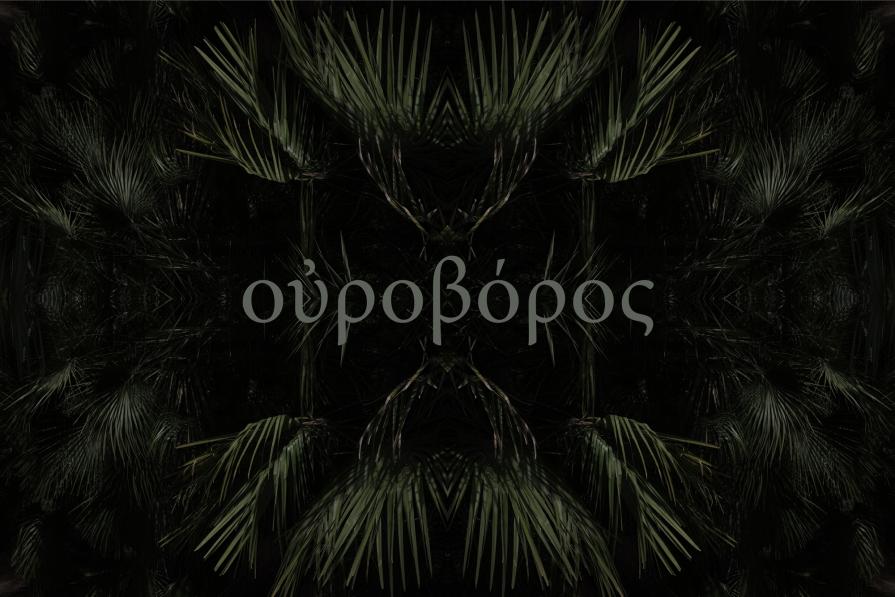
The ouroboros is an ancient symbol depicting a serpent or dragon eating its own tail. Originating in Ancient Egyptian iconography, the ouroboros entered western tradition via Greek magical tradition and was adopted as a symbol in Gnosticism and Hermeticism, and most notably in alchemy. Via medieval alchemical tradition, the symbol entered Renaissance magic and modern symbolism, often taken to symbolize introspection, the eternal return or cyclicality, especially in the sense of something constantly re-creating itself. It also represents the infinite cycle of nature's endless creation and destruction, life and death.
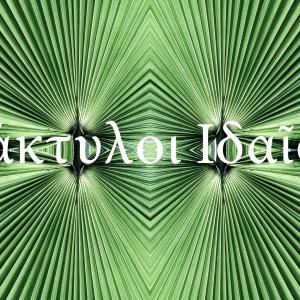
Dactyls
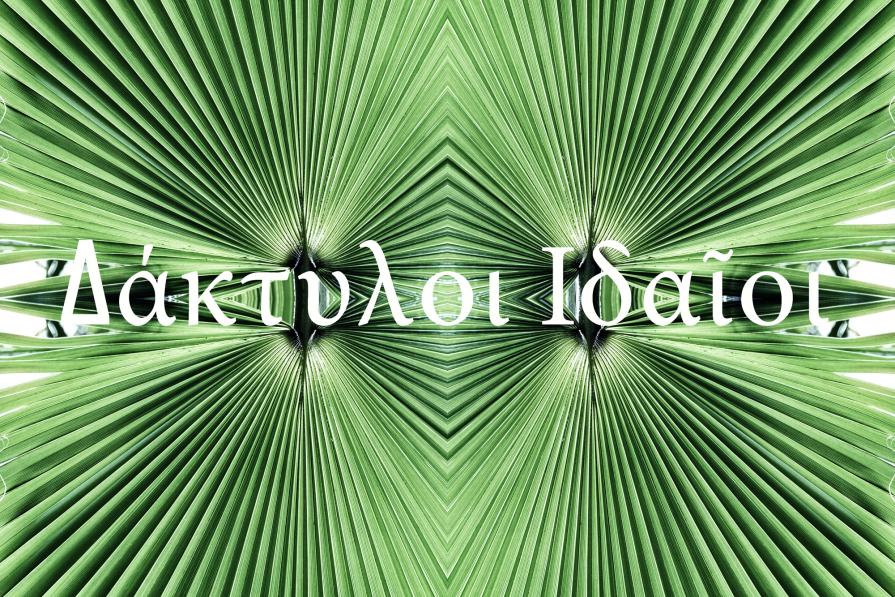
The Dactyls were the archaic mythical race of male beings associated with the Great Mother, whether as Cybele or Rhea. Their numbers vary, but often they were ten spirit-men so like the three Curetes, the Cabiri or the Korybantes that they were often interchangeable. The Dactyls were both ancient smiths and healing magicians. In some myths, they are in Hephaestus' employ, and they taught metalworking, mathematics, and the alphabet to humans. When Rhea, the mother of the gods, knew her time of delivery was come, she went to the sacred cave on Mount Ida. As she squatted in labor she dug her fingers into the earth (Gaia), which brought forth these daktyloi Idaioi (Δάκτυλοι Ἰδαῖοι "Idaean fingers”), thus often ten in number, or sometimes multiplied into a race of ten tens. Three is just as often given as their number. They are sometimes instead numbered as thirty-three. When Greeks offered a most solemn oath, often they would pess their hands against the earth as they uttered it.
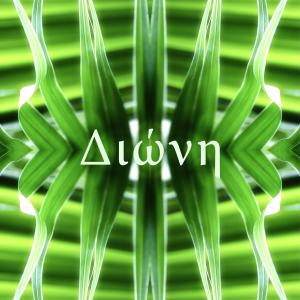
Dione
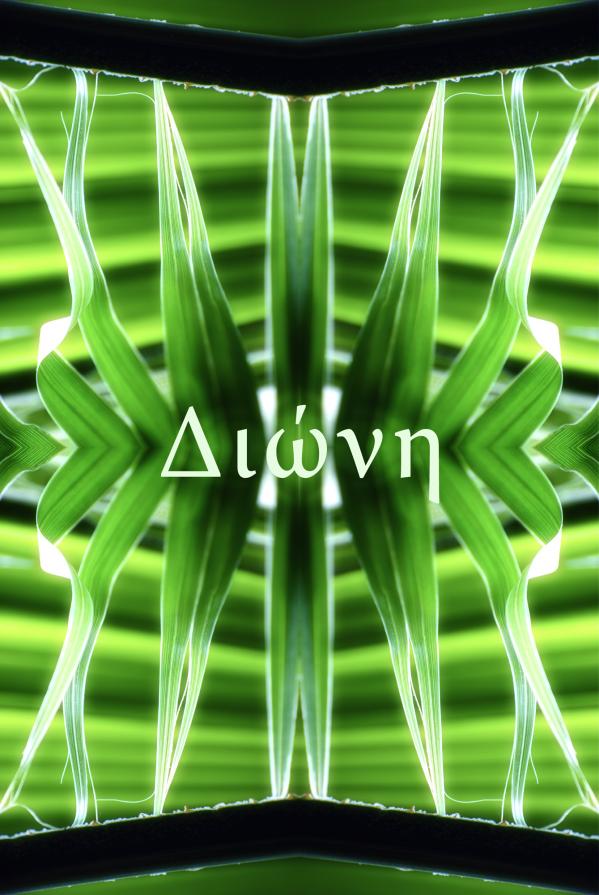
Dione is translated as "Goddess", and given the same etymological derivation as the names Zeus, Diana, et al. Very little information exists about these nymph or goddess, although at least one is described as beautiful and is sometimes associated with water or the sea. Perhaps this same one was worshiped as a mother goddess who presided over the oracle at Dodona, Greece. She and Zeus are called the parents of Aphrodite by some ancient sources. Hesiod listed Dione among the wives of Zeus who were daughters of Tethys and Oceanus; she is described as beautiful in the "sacred books of Orpheus”. She was one of the goddesses assembled to witness the birth of Apollo.
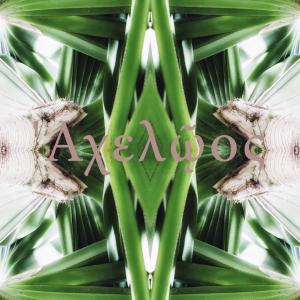
Achelous
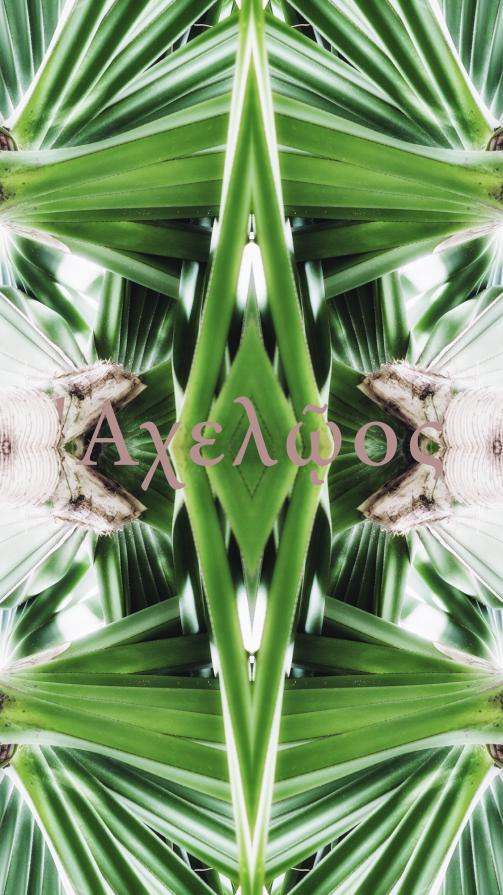
Achelous was originally the god of all water, and the rivers of the world were viewed by many as his sinews. Later, in Hellenistic times, he was specifically a river god who became the patron deity of the Achelous River, which is the largest river of Greece, and thus the chief of all river deities, every river having its own river spirit (though the initiated still revered him as the god of all water). Achelous was also an important deity in Etruscan mythology. Homer placed Achelous above all, the origin of all the world's fresh water. According to Alcaeus he was the son of Gaia and Oceanus, whereas Hesiod in his canonical Theogony presented Tethys and Oceanus as the parents of all three thousand river gods. When he battled Heracles over the river nymph Deianeira, Achelous turned himself into a serpent and a bull, which may both be seen as symbols of the chthonic realm. Heracles tore off one of his horns and forced the god to surrender. Achelous had to trade the goat horn of Amalthea to get it back. Heracles gave it to the Naiads, who transformed it into the cornucopia. Achelous was sometimes the father of the Sirens by Melpomene, or in a later version, they are from the blood he shed where Heracles broke off his horn. Achelous was considered to be an important divinity throughout Greece from the earliest times, and was invoked in prayers, sacrifices, on taking oaths, etc.; the oracular Zeus at Dodona usually added to each oracle he gave, the command to offer sacrifices to Achelous.
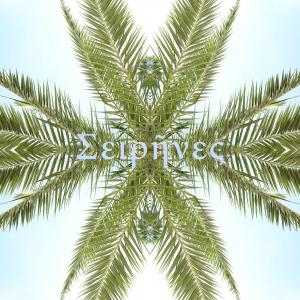
Sirens
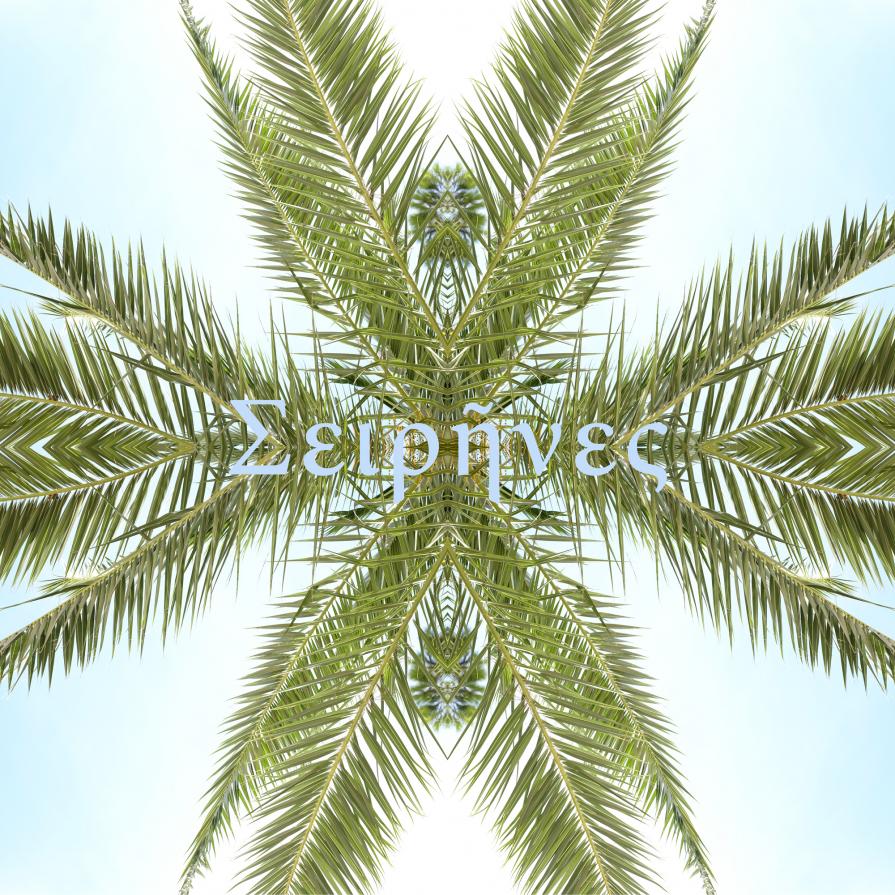
Sirens were believed to combine women and birds in various ways. In early Greek art, Sirens were represented as birds with large women's heads, bird feathers and scaly feet. Later, they were represented as female figures with the legs of birds, with or without wings, playing a variety of musical instruments, especially harps. The tenth-century Byzantine encyclopedia Suda says that from their chests up Sirens had the form of sparrows, below they were women, or, alternatively, that they were little birds with women's faces. Birds were chosen because of their beautiful voices. Later Sirens were sometimes depicted as beautiful women, whose bodies, not only their voices, are seductive.
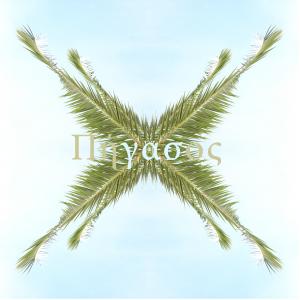
Pegasos
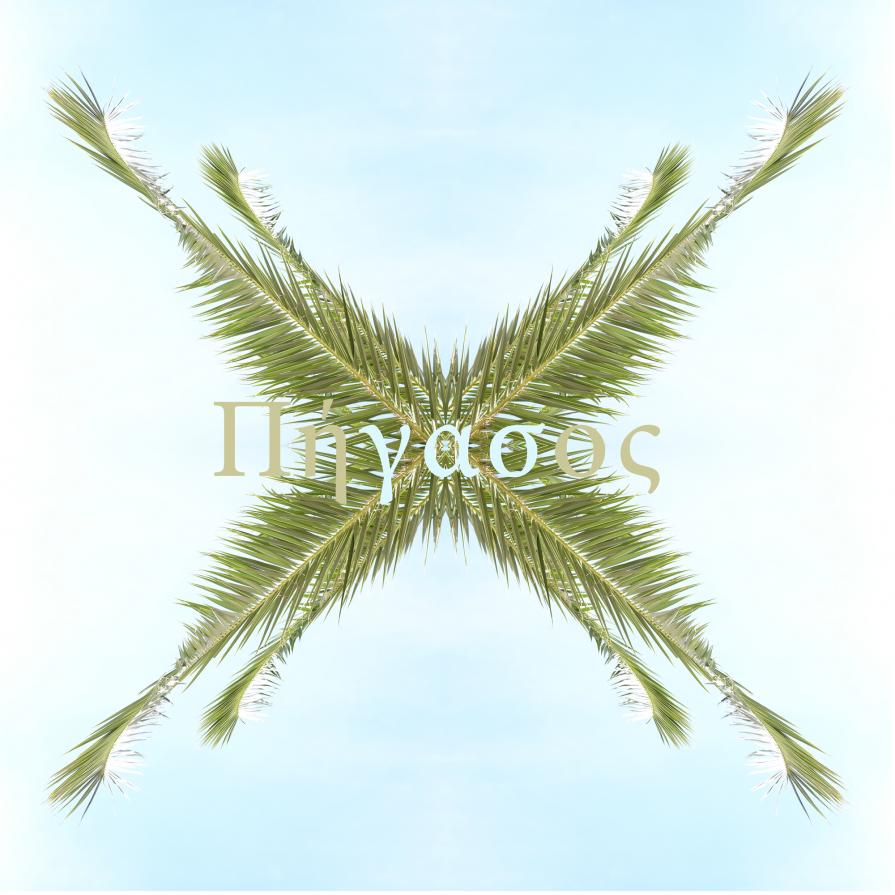
Pegasus is one of the best known creatures in Greek mythology. He is a winged divine stallion usually depicted as pure white in color. There are several versions of the birth of the winged stallion and his brother Chrysaor in the far distant place at the edge of Earth, Hesiod's "springs of Oceanus, which encircles the inhabited earth, where Perseus found Medusa: One is that they sprang from the blood issuing from Medusa's neck as Perseus was beheading her, similar to the manner in which Athena was born from the head of Zeus. In another version, when Perseus beheaded Medusa, they were born of the Earth, fed by the Gorgon's blood. A variation of this story holds that they were formed from the mingling of Medusa's blood, pain and sea foam, implying that Poseidon had involvement in their making. Greco-Roman poets write about his ascent to heaven after his birth and his obeisance to Zeus, king of the gods, who instructed him to bring lightning and thunder from Olympus. Friend of the Muses, Pegasus is the creator of Hippocrene, the fountain on Mt. Helicon. Zeus transformed him into the constellation Pegasus and placed him up in the sky. The symbolism of Pegasus varies with time. Symbol of wisdom and especially of fame from the Middle Ages until the Renaissance, he became one symbol of the poetry and the creator of sources in which the poets come to draw inspiration, particularly in the 19th century. Pegasus is the subject of a very rich iconography, especially through the ancient Greek pottery and paintings and sculptures of the Renaissance.
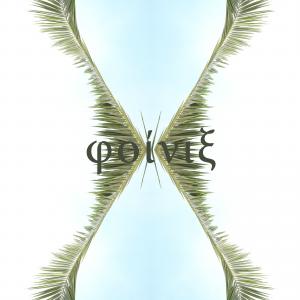
Phoenix
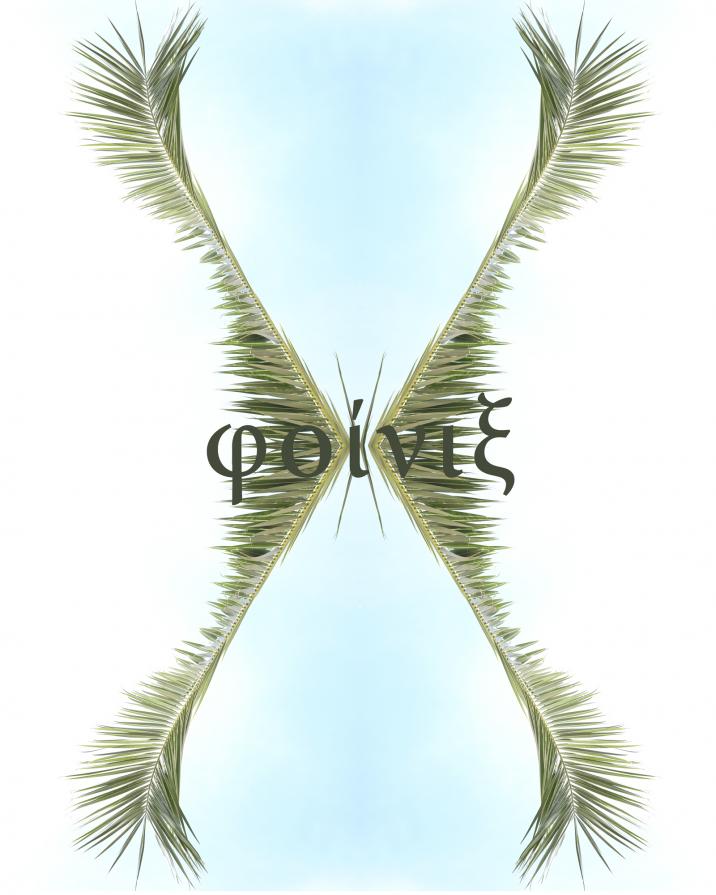
Perhaps the earliest instance of the legend, the Egyptians told of the Bennu, a heron bird that is part of their creation myth. The Bennu lived atop ben-ben stones or obelisks and was worshipped alongside Osiris and Ra. Bennu was seen as an avatar of Osiris, a living symbol of the deity. The solar bird appears on ancient amulets as a symbol of rebirth and immortality, and it was associated with the period of flooding of the Nile, bringing new wealth and fertility. Perhaps the most well known, the Arabian phoenix was a fabulous mythical bird, said to be as large as an eagle, with brilliant scarlet and gold plumage and a melodious cry. Making it's home near a cool well, the Phoenix would appear at dawn every morning to sing a song so enchanting that even the great sun god Apollo would stop to listen. It was said that only one phoenix existed at any one time, and it is very long-lived with a life span of 500 years, 540 years, 1000 years, 1461 years or even 12,994 years (according to various accounts). As the end of its life approached, the phoenix would build a pyre nest of aromatic branches and spices such as myrrh, sets it on fire, and is consumed in the flames. After three days the birth -- or as some legends say a rebirth -- the phoenix arises from the ashes. According to some sources, the phoenix arose from the midst of the flames. The young phoenix gathers the ashes of its predecessor into an egg of myrrh and takes it to Heliopolis, the city of the sun, to deposit it on the alter of the sun god. A symbolic representation of the Death and rebirth of the sun. It is also described as being either eagle like or heron like. It lives on dew, killing nothing and crushing nothing that it touches. Generally considered the king of birds. It has alternatively been called the bird of the sun, of Assyria, of Arabia, of the Ganges, the long-lived bird and the Egyptian bird. The earliest reference to the Phoenix was made by Hesiod in the 8th century B.C., but the most detailed account is by Herodotus of Halicarnassus, the famous Greek historian in 5th century B.C. Scholars have observed analogues to the phoenix in a variety of cultures. These analogues include the Hindu garuda and gandaberunda, the Slavic firebird, the Persian simurgh, Georgian paskunji, the Arabian anqa' (عنقاء), and from that, the Turkish Zümrüdü Anka, the Tibetan Me byi karmo, the Chinese fenghuang and zhu que, and the Japanese hō-ō.
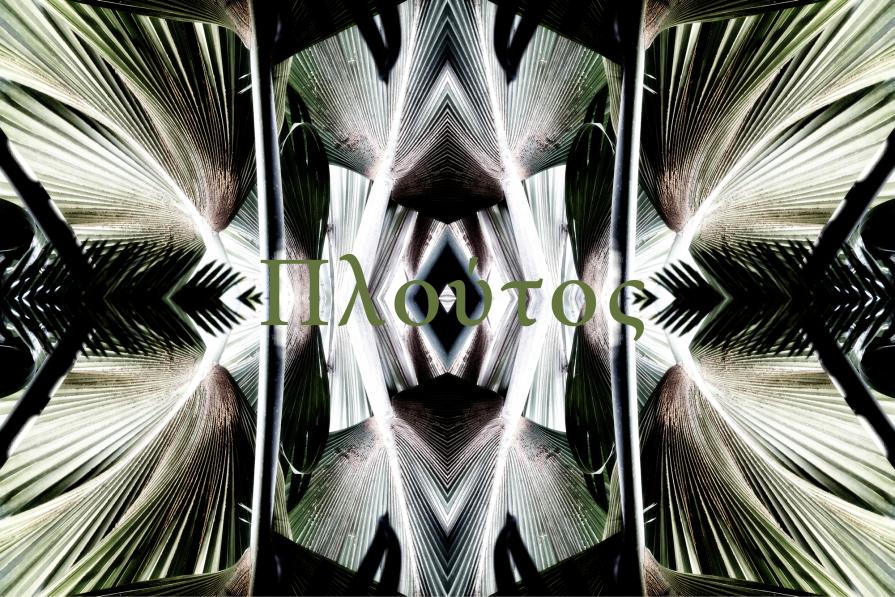












Comments 4
Say something